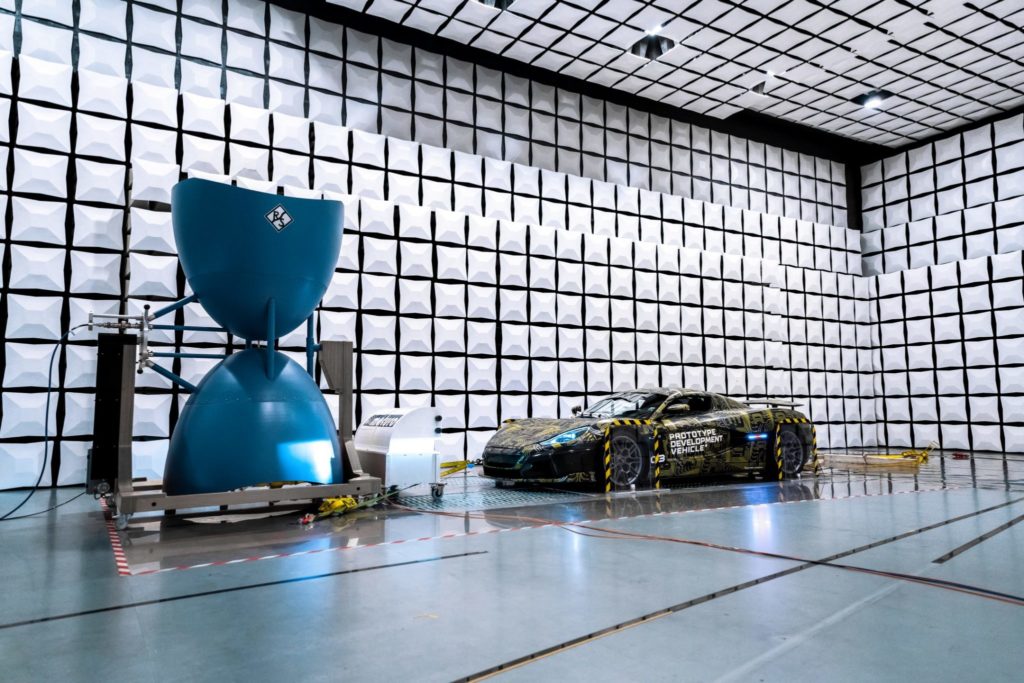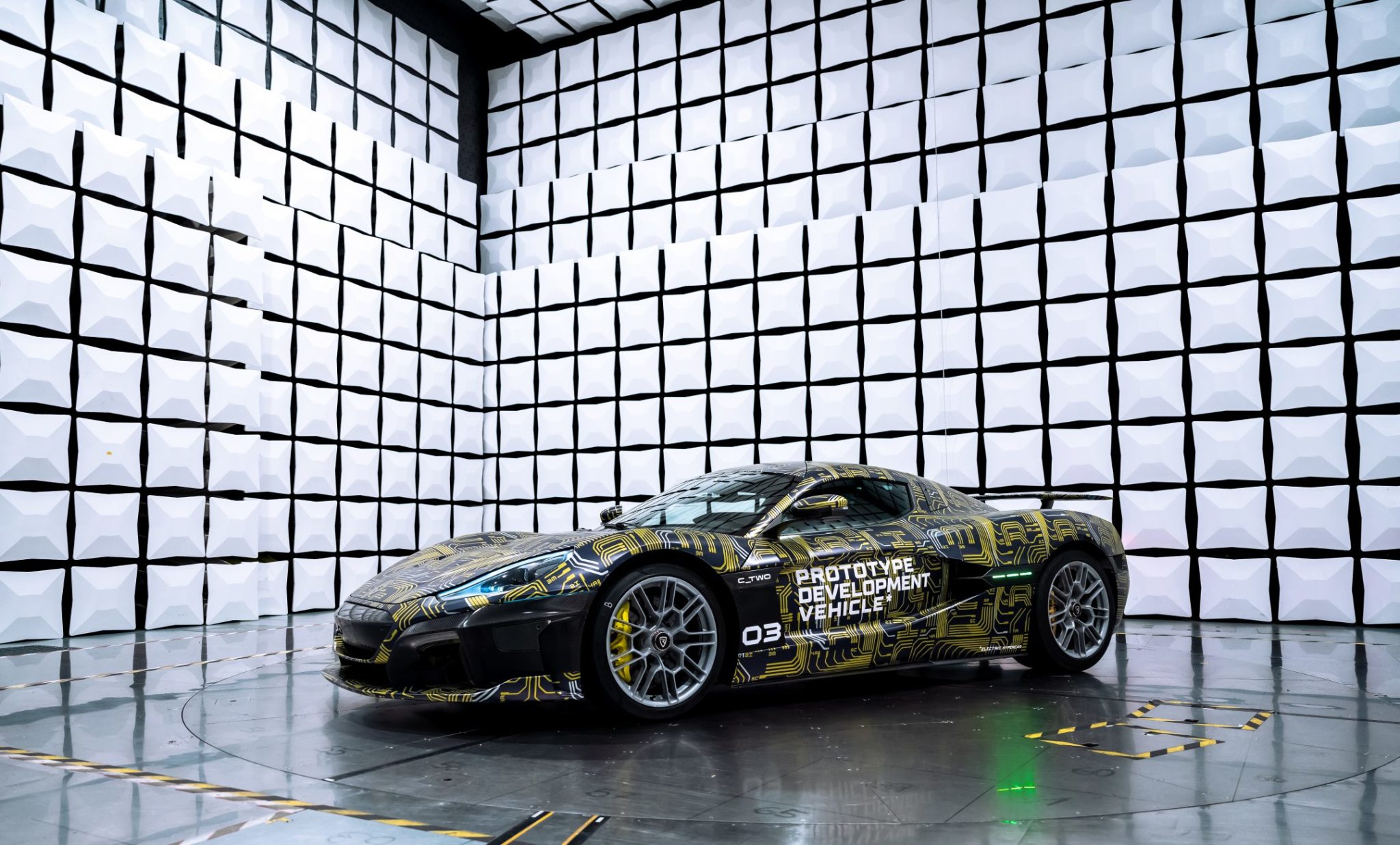A new supercar, fully electric as will be the tradition in a few years, is about to reach the hands of its lucky owners in 2021. The Rimac C_Two is currently undergoing the final tests to obtain its final certification before entering the market.
Like all electronic devices, an electric car produces electromagnetic emissions that are likely to interfere with other devices of all kinds that make up the environment of any population.
Electric vehicles produce significantly more electromagnetic emissions (EMI) than internal combustion cars (ICE). For this reason, companies such as Medtronic, a manufacturer of implants and pacemakers, recommend being more than half a meter away from strong current sources or even a large motor. These elements’ sensitivity requires specific preventive measures, such as bypassing metal detectors at airports, etc. However, vehicles do not produce enough electromagnetic emissions to endanger these devices. To verify that the EMI is within the safety parameters, these homologation tests are necessary.
Verification tests are mandatory for all motor vehicles since we do not want our phone to stop working in a traffic jam as a result of electromagnetic interference produced by the car in front of us, or that the traffic lights of a city do not go crazy to the passage of individual elements.
Rimac has taken advantage of its new supercar’s homologation to illustrate the testing process that verifies compliance with the European Union standard: ECE R10.

The tests are carried out inside a semianechoic chamber where any external emission is eliminated, allowing isolating the emanated from the examined vehicle. This is driven on the test bench at a certain speed while being subjected to radiation from 20 MHz to 20 GHz. During the evaluation, the electric car’s air conditioning, lights, windshield wipers, and other components are examined.
In January 2020, a study was published analyzing the electromagnetic interference produced by electric cars. The investigation of the Technical University of Munich indicated that these were not high while driving the vehicle.
The study concluded that electromagnetic emissions became more intense during fast-charging processes with high-power chargers. “The results suggest that today’s electric cars are safe for CIED patients, and no restrictions are required to travel in them.” The recommendation provided by the study recommended: “surveillance is required to monitor rare events, especially associated with vehicle charging and supercharger technology.”

